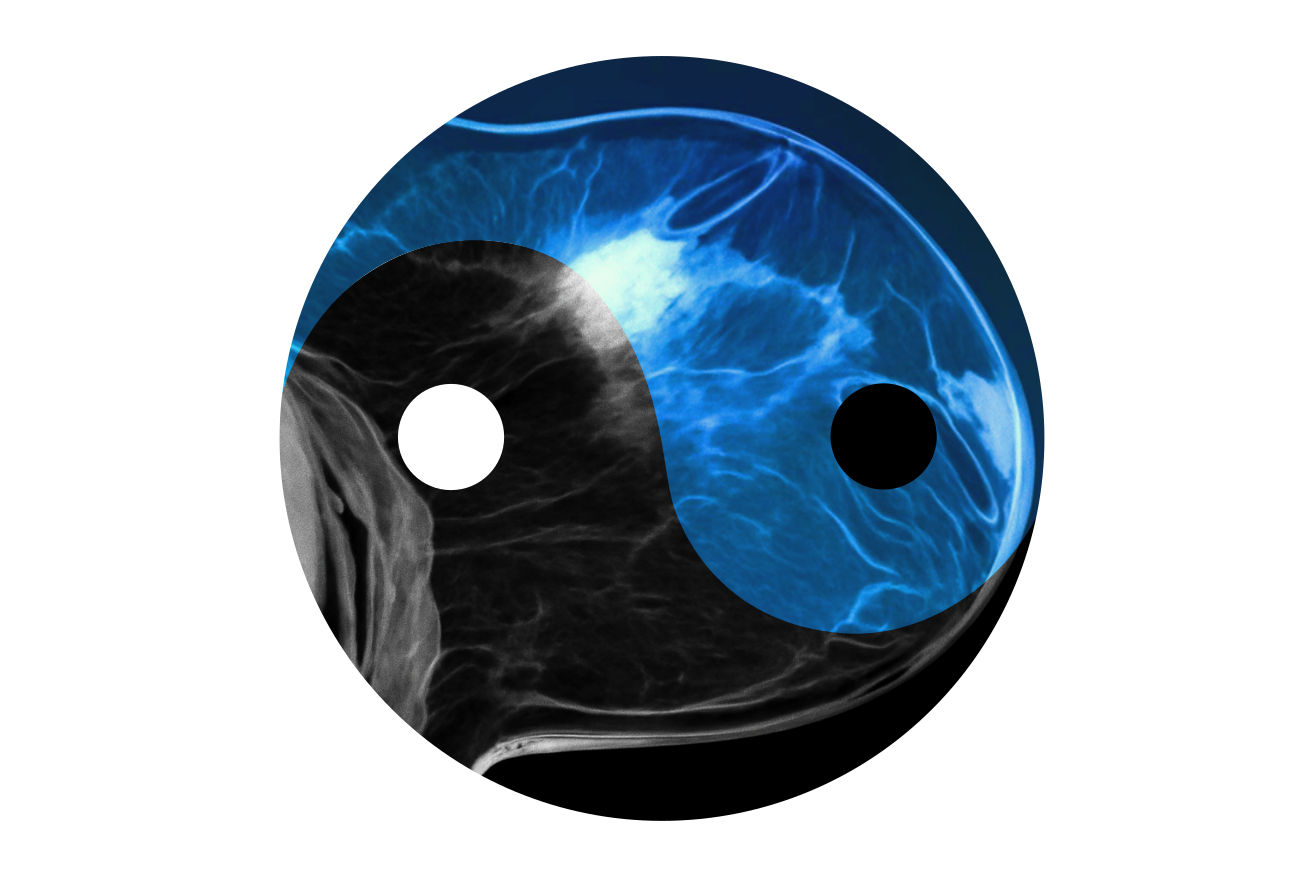This week in MathOnco 335
Antifragility, tumor evolution, ecological interactions, cell morphology, and more…
“This week in Mathematical Oncology” — July 10, 2025
> mathematical-oncology.org
From the editor:
This week’s edition contains topics like tumor evolution, ecological interactions, cell morphology, and more…
There are a few new math onco blog posts too.
In exciting personal news, my book, "Applied Antifragility in Natural Systems" is finally published! It was co-edited by Cristian Axenie, Roman Bauer, Oliver López Corona, and myself, and contains an interesting Foreword by Nassim Taleb. E-book available immediately & print version on pre-order, here.
Enjoy,
Jeffrey West
jeffrey.west@moffitt.org
Applied Antifragility in Natural Systems (book)
Cristian Axenie , Roman Bauer , Oliver López Corona , Jeffrey WestInferring Birth Versus Death Dynamics for Ecological Interactions in Stochastic Heterogeneous Populations
Erin Beckman, Heyrim Cho & Linh HuynhQuantitative Method for Monitoring Tumor Evolution During and After Therapy
Paolo Castorina, Filippo Castiglione, Gianluca Ferini, Stefano Forte, Emanuele MartoranaBridging cell morphological behaviors and molecular dynamics in multi-modal spatial omics with MorphLink
Jing Huang, Chenyang Yuan, Jiahui Jiang, Jianfeng Chen, …, Jianjun Gao, Bing Yao, Michael Epstein, Linghua Wang, Jian HuEpigenetic Heritability of Cell Plasticity Drives Cancer Drug Resistance through a One-to-Many Genotype-to-Phenotype Paradigm
Erica A. Oliveira, Salvatore Milite, Javier Fernandez-Mateos, George D. Cresswell, …, Trevor A. Graham, Luca Magnani, Nicola Valeri, Andrea Sottoriva
Methylation dynamics in the decades preceding acute myeloid leukaemia
Adriana V.A. Fonseca, Christopher Boniface, Caroline J. Watson, Samuel Hackett, …, Trevor Graham, Usha Menon, Hisham Mohammed, Jamie R. BlundellA Mathematical Model of Persister Cell Plasticity and Its Impact on Adaptive Cancer Therapy
Adithya Mathews, David BasantaA novel sensitivity analysis method for agent-based models stratifies in-silico tumor spheroid simulations
Edward H. Rohr, John T. NardiniPunctuated mutagenesis promotes multi-step evolutionary adaptation in human cancers
Franziska Michor, Christopher J Graser, Wenbo Wu, Cole Christini, Mia PeljakIntegration of nuclear morphology and 3D imaging to profile cellular neighborhoods
André Forjaz, Donald Kramer, Yu Shen, Habin Bea, …, Irina Kusmartseva, Mark Atkinson, Ashley L. Kiemen, Denis Wirtz
Optimal dosing of anti-cancer drug treatment under drug-induced plasticity
The Mathematical Oncology Blog
Einar Bjarki Gunnarsson: “We consider a mathematical model of reversible drug tolerance where tumor cells are able to transition between two cell states, a drug-sensitive (type-0) and a drug-tolerant (type-1) state. For simplicity, the anti-cancer drug is assumed to increase the death rate of sensitive cells (cytotoxic drug), but our results generalize to cytostatic drugs which lower the division rate of sensitive cells. Furthermore, to model drug-induced tolerance, the transition rate from sensitivity to tolerance is assumed to either increase linearly as a function of the drug dose (linear induction of tolerance) or to increase uniformly whenever the drug is present (uniform induction of tolerance).“The Future of Mathematical Oncology in the Age of AI: Reflections from the 2025 Siracusa Conference
The Mathematical Oncology Blog
Russ Rockne: “May 2025, the Palazzo Vermexio in Siracusa, Sicily, hosted "The Future of Cancer Research: The Interplay Between Machine Learning and Computational Modeling." This conference, initiated and hosted by City of Hope investigators, brought together early-career researchers and established experts in Mathematical Oncology to discuss the current and future impact of artificial intelligence technologies on the field. The focus was on immersive learning, spirited debate, and collaborative visioning, moving away from a typical lecture-heavy format. The two-day meeting was structured to help engagement and dialogue, with each day beginning with structured presentations led by early-career researchers and focused on a specific topic. That was followed by group discussions.“
The newsletter now has a dedicated homepage where we post the cover artwork for each issue. We encourage submissions that coincide with the release of a recent paper from your group. This week’s artwork:
Based on the paper: Personalizing neoadjuvant chemotherapy regimens for triple-negative breast cancer using a biology-based digital twin
Artists: Chase Christenson, Tom Yankeelov
Caption: Our recent work using digital twins shows how personalized chemotherapy regimens can be used to improve outcomes for individual triple negative breast cancer patients. We wanted to highlight the synergy that the digital twins concept provides in cancer, by visualizing the link between clinical measurements and mathematical simulations. The study provides a methodology for balancing a range of potentially conflicting aspects of personalized medicine. This includes the push and pull between response vs. toxicity, clinical time frames vs. model accuracy/complexity, and uncertainty vs. reliability; these features are addressed with constrained optimization, reduced order modeling, and Bayesian calibration, respectively. The modeling study showed that patient responses can be improved with an equivalent toxicity, or toxicity can be reduced with an equivalent response, all of which was assessed with data from breast cancer patients.
Visit the mathematical oncology page to view jobs, meetings, and special issues. We will post new additions here, but the full list can found at mathematical-oncology.org.
1. Jobs
Current subscriber count: 2,296










